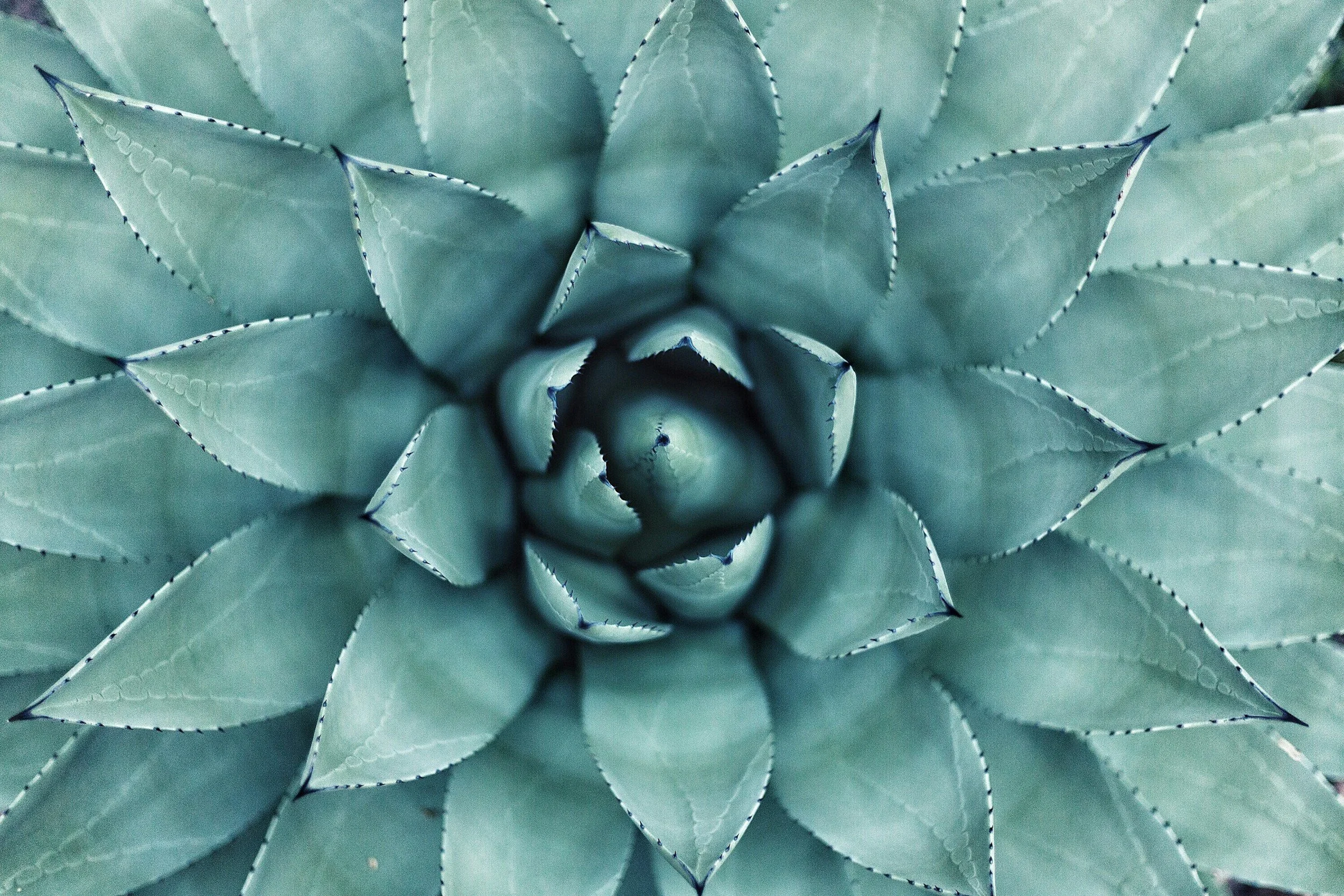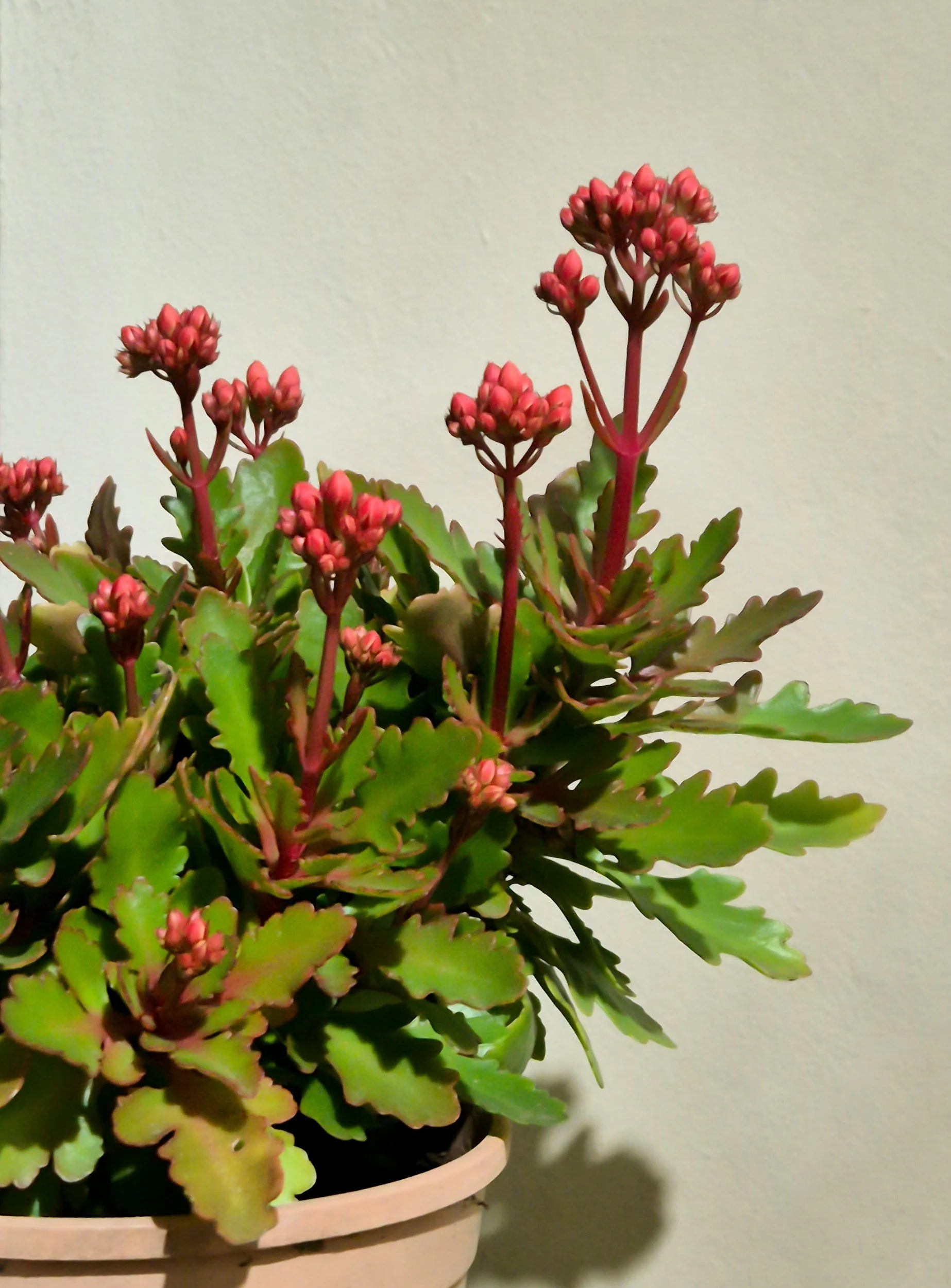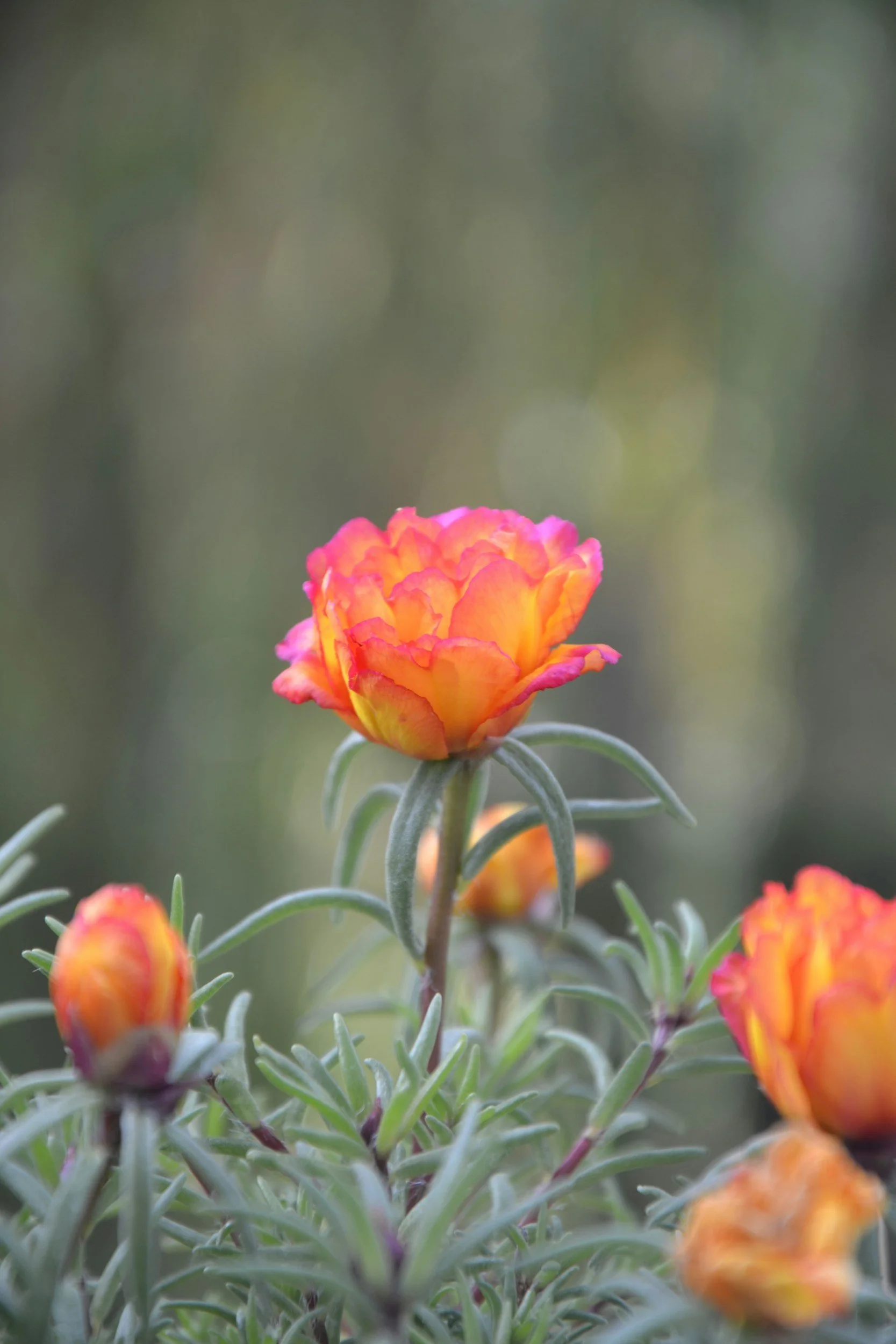How to Grow Happy Succulents in Your NC Garden: A Millennial’s Guide to Low-Maintenance Plant Parenthood
Introduction: Let’s Talk Succulents
If you’re a fellow North Carolinian with a soft spot for cute, chunky plants that basically thrive on neglect, welcome to the succulent club. Whether you're looking to fill a windowsill, create a stress-free porch garden, or just want a plant that won’t judge you for occasionally forgetting to water, succulents are the way to go.
But wait—before you dump that random grocery store succulent into red clay soil and hope for the best, let’s get real. Even though these plants are known for being low-maintenance, they still have preferences—especially in the unpredictable North Carolina climate. I’ve killed enough succulents to know what works (and what will definitely rot in two weeks flat).
So let’s dig into some simple, beginner-friendly tips for growing succulents that won’t just survive, but actually thrive in your NC garden.
Why Succulents Work in North Carolina
You might be thinking: Isn’t NC too humid for succulents? Surprisingly, no. You just need the right types, the right soil, and a few tricks to keep them looking their best. Succulents love warmth and sun—two things we have in spades—but they do not love swampy roots or heavy clay.
Whether you’re planting in pots on your deck or trying to make a little desert corner in your yard, you can absolutely create a succulent haven here in the Tar Heel State.
Best Succulents for NC Gardeners
Not all succulents are created equal when it comes to surviving Southern humidity. Here are some resilient rock stars that even the most distracted plant parent (hi, it’s me) can keep alive:
Hens and Chicks (Sempervivum)
Tough, cute, and spreads like gossip in a small town. Perfect for rock gardens or pots.
Sedum (Stonecrop)
These trailing beauties love the sun and can handle full outdoor life here in NC.
Echeveria
The one you’ve definitely seen on Pinterest. Needs a little extra drainage but does great in containers.
Aloe Vera
Bonus points because it heals burns and looks cool while doing it.
Agave
Big, bold, and basically the Beyoncé of succulents. Needs space and sun.
Kalanchoe
Funky shapes, easy care, and even flowers if you're lucky.
Portulaca (Moss Rose)
Technically more of a flowering succulent, but thrives outdoors and blooms like a champ.
The Basics: Succulent Care 101
Here’s where we stop winging it and start growing plants that don’t give up on us.
1. Pick the Right Container (or Spot in the Yard)
Drainage is the name of the game. If your container doesn’t have holes, it’s a cute death trap. Outdoors? Amend your soil with sand, gravel, or perlite to avoid root rot.
2. Give Them Sunshine
Most succulents love bright, direct sun—ideally 6+ hours a day. Just don’t throw them from a dim living room straight into full blazing sun or they’ll fry like they forgot their SPF.
3. Water Sparingly
This isn’t a houseplant with abandonment issues. Let the soil dry out completely before watering again. And in the winter? Cut back even more.
4. Mind the Humidity
Use gravel or pebbles as mulch to increase airflow around your plants. Don’t crowd them, especially in pots.
5. Watch the Temps
Most succulents can handle our summer heat, but some need to come inside if the forecast dips below 40°F. Bring your favorites in for winter and pop them back out in spring.
Common Problems (and How to Fix Them)
Even the best succulent parent hits a snag now and then. Here are a few problems you might run into:
Rotting Leaves or Mushy Stems
You overwatered. It’s okay, we’ve all done it. Let it dry out completely, and remove the soggy parts.
Mealybugs or Aphids
Little white cottony bugs or sticky leaves? Try neem oil or a gentle dish soap spray. Or sic your ladybugs on them.
Leggy Growth
Your plant is stretching toward light like a zombie toward brains. Move it to a sunnier spot and consider trimming it back.
Wrinkly Leaves
Too dry. Give it a drink, but don’t panic water—check the soil first.
Tips for Succulent Success in NC
Start with pots if you’re new to succulents—easier to control soil and drainage.
Use cactus/succulent soil or mix your own with potting soil + sand/perlite.
Give them time to adjust to new environments—don’t shock them with extreme changes.
Group outdoor succulents together with similar care needs.
Don’t mist your succulents—it encourages mold.
Final Thoughts: You Can Keep a Succulent Alive
Look, life is chaotic enough without needy houseplants. Succulents give us a low-drama, high-style way to scratch the plant-parenting itch without setting ourselves up for heartbreak. And with the right mix of sun, space, and sass, your NC garden can totally become a succulent sanctuary.
So go ahead, pick out a funky aloe or a whole army of hens and chicks. You got this.







